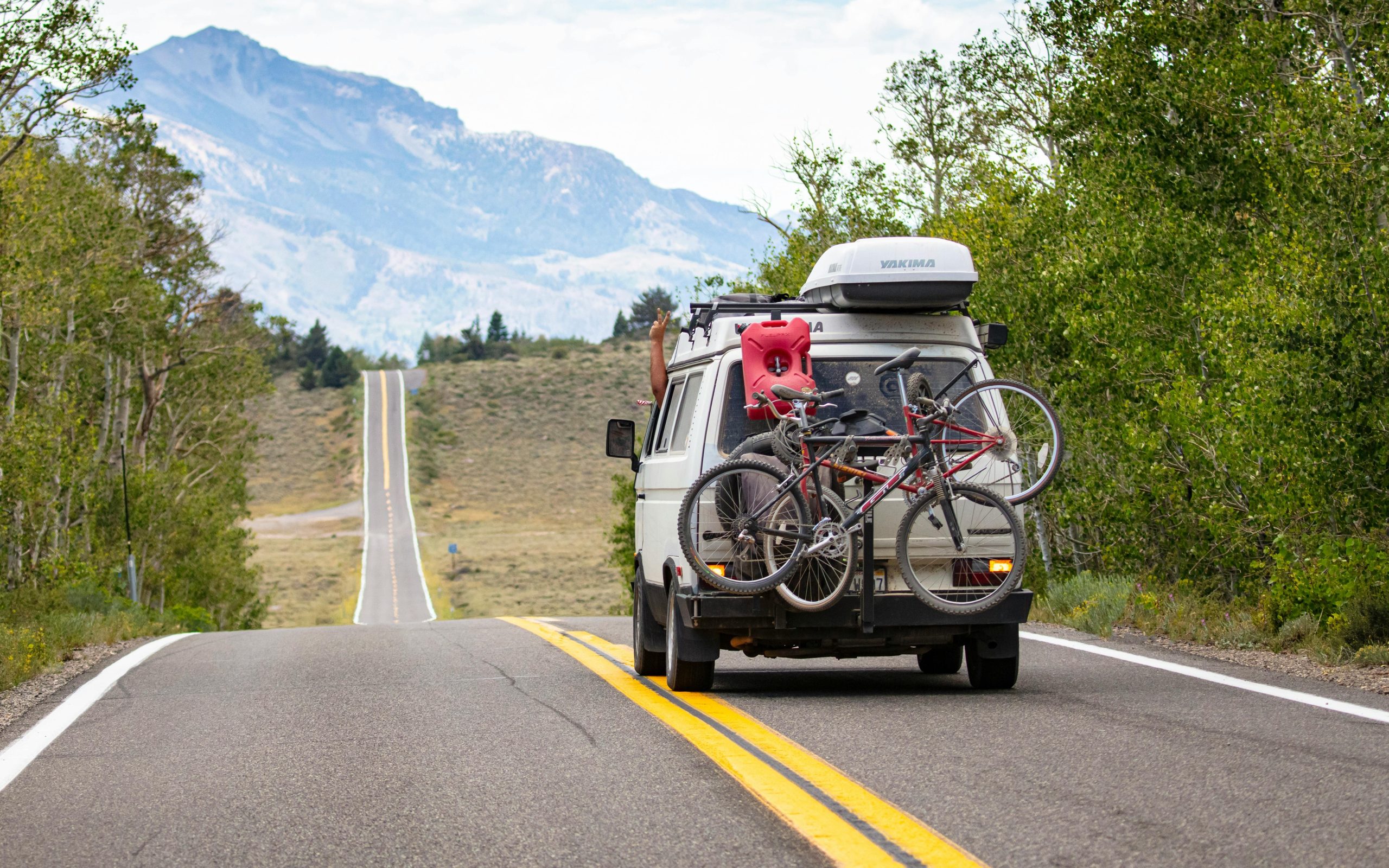By Gladys Mutie
Road trips are a break from routine, offering a unique blend of freedom, exploration, and the thrill of the open road. There’s something special about hitting the road, where the open highway stretches ahead like an invitation to adventure. It’s a chance to break free from the monotony of your weekly routine, where the same old work-home-repeat cycle can feel stifling.
A road trip is about embracing spontaneity and discovering new places, whether it’s a hidden beach, a quirky roadside diner, or a breathtaking national park. Fun isn’t just confined to dinner dates or drinks with friends; it’s also found in the thrill of new experiences, laughter shared over off-key karaoke in the car, and the thrill of navigating uncharted territory. So buckle up, roll down the windows, and let the journey unfold—because every mile traveled can lead to unforgettable memories just waiting to be made!
Choosing your Destination
The first step in planning your road trip is selecting your destination. This crucial step sets the tone for your adventure. Start by considering your interests and those of your travel companions—do you crave the tranquility of nature, the excitement of vibrant cities, or the charm of quaint small towns?
Assess how much time you have available and the distance you’re willing to travel. Shorter trips might be best suited for nearby attractions, while longer journeys can allow for more distant, bucket-list locations. Research potential routes that offer beautiful scenery or exciting stops along the way, such as roadside attractions or famous landmarks. Don’t forget to factor in the season—some destinations shine during specific times of the year, whether it’s the stunning fall foliage or summer beach escapades.
Setting a Budget
Setting a budget for your road trip is essential to ensure a stress-free and enjoyable experience. You should account for the following when planning a road trip:
- Estimate Fuel Costs: Fuel is usually one of the largest expenses. You can utilize tools like GasBuddy and Gas Guru to calculate fuel costs based on your vehicle’s mileage.
- Accommodation: Decide whether you’ll camp, stay in hotels, or use vacation rentals, and research average prices in your chosen destinations.
- Food Expenses: If you have kitchen access, plan to dine out and prepare meals, which can significantly reduce expenses.
- Activities: Include expenses for attractions, activities, and any potential entrance fees for national parks or museums.
- Emergency Fund: Allocate some funds for unexpected expenses, such as vehicle maintenance or emergency repairs.
Always track your spending to maintain financial control and stay within your budget during a road trip.
Planning your Itinerary
Planning your itinerary for a road trip is a balancing act between structure and spontaneity, ensuring you make the most of your journey while allowing for unexpected adventures.
- Begin by mapping out your primary destinations and the route you’ll take, considering both major highways and scenic byways that might offer beautiful views or interesting stops.
- Break your trip into manageable daily segments, factoring in driving time, rest breaks, and time for exploration at each stop.
- Research attractions, dining options, and local events along the way, creating a flexible schedule that accommodates both planned activities and downtime.
- Leave room for spontaneity—sometimes, the best experiences come from unplanned detours.
Consider the group’s interests and energy levels as you plan the trip. Include a mix of activities that cater to everyone, from outdoor adventures to cultural experiences.
Preparing your Vehicle
Before you hit the road, ensure your vehicle is in top condition. Preparing your vehicle for a road trip is a vital step to ensure a safe and smooth journey.
- Start with a comprehensive inspection of your car, checking essential systems such as brakes, tires, lights, and fluid levels (oil, coolant, windshield, washer fluid, and brake fluid).
- Ensure your tires are properly inflated and have sufficient tread depth; consider rotating them if needed.
- Have your battery tested to prevent any unexpected failures on the road.
- Pack an emergency kit that includes items like a first-aid kit, flashlight, jumper cables, basic tools, and roadside flares.
- Make sure your vehicle registration and insurance are up to date, and consider investing in roadside assistance coverage for extra peace of mind.
- If you’re renting a car, familiarize yourself with its features, such as navigation and entertainment systems, so you can utilize them effectively while driving.
After ensuring everything is okay, don’t forget the comfort of your passengers. Make sure the car is tidy and spacious for them; after all, you can’t truly enjoy the adventure without a little comfort by your side!
Packing Essentials
Packing wisely enhances your road trip experience. When packing, strike a balance between practicality and comfort, ensuring you have everything needed for a smooth journey.
- Start with versatile clothing appropriate for the weather and activities you’ll encounter; layering is key for changing temperatures.
- Pack comfortable shoes, as you’ll want to be ready for spontaneous hikes or city explorations.
- Pack a travel-sized toiletry kit with your must-have items, including any medications you may need.
- Snacks are essential; bring a mix of healthy options like nuts and fruits alongside some fun treats to keep spirits high during long stretches on the road.
- Bring entertainment options, such as audiobooks, podcasts, or playlists for those long drives.
- Carfry chargers for your devices, a car phone mount, and any necessary road maps or GPS devices.
When taking a road trip, it is always important to have an emergency kit containing items like a first-aid kit, flashlight, and basic tools. They can be a lifesaver in unexpected situations.
Ready to pack your bags, hit the road, and enjoy the beautiful scenery and experiences waiting for you? Contact us to plan the perfect road trip tailored to your needs.
FAQs
What are some safety tips for a road trip?
Safety should always be a priority on any road trip. Stay alert and take regular breaks to avoid fatigue. Use navigation apps like Google Maps or Waze for real-time traffic updates and route suggestions. Familiarize yourself with health and safety protocols, especially if traveling through areas with specific guidelines.
What are some Eco-Friendly Road Trip Practices?
In today’s world, being environmentally conscious is more important than ever. Adopt eco-friendly practices during your trip by driving fuel-efficient vehicles and being mindful of waste. Consider packing reusable containers for snacks and drinks, and support local businesses–from farm-to-table restaurants to eco-conscious accommodations, to help sustain the communities you visit.






